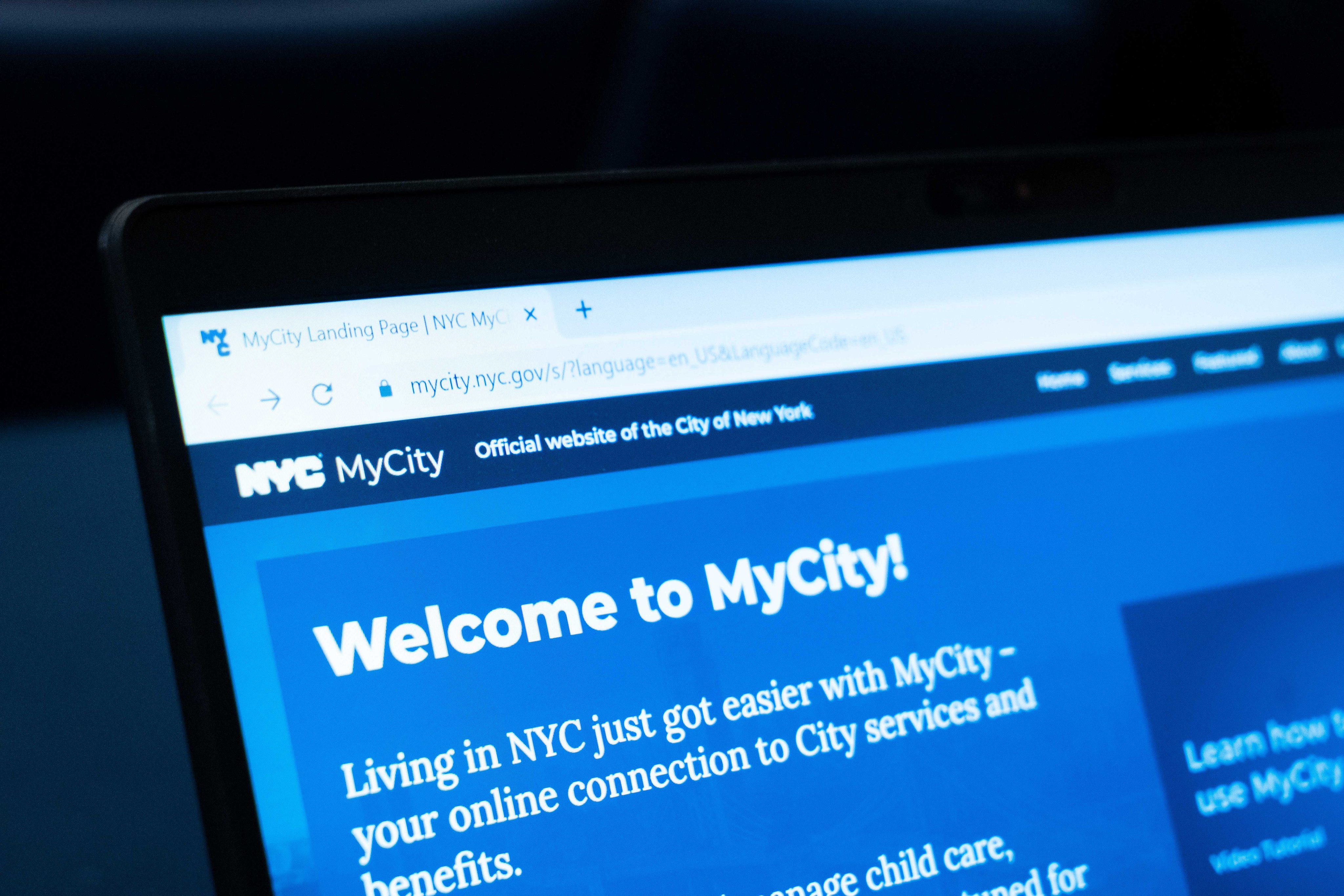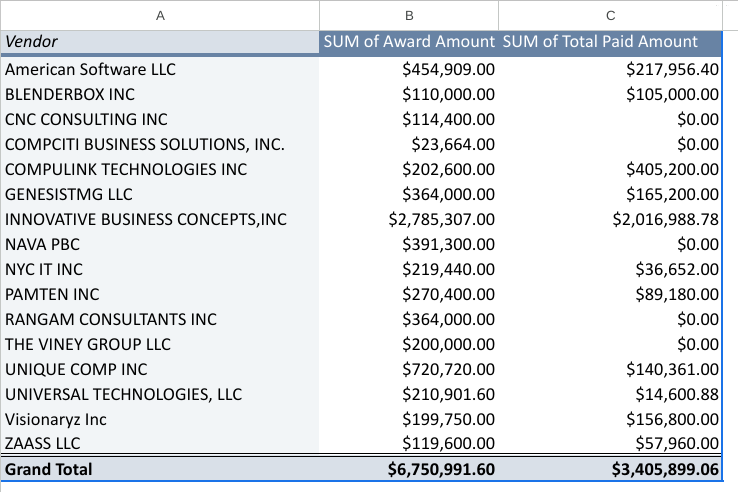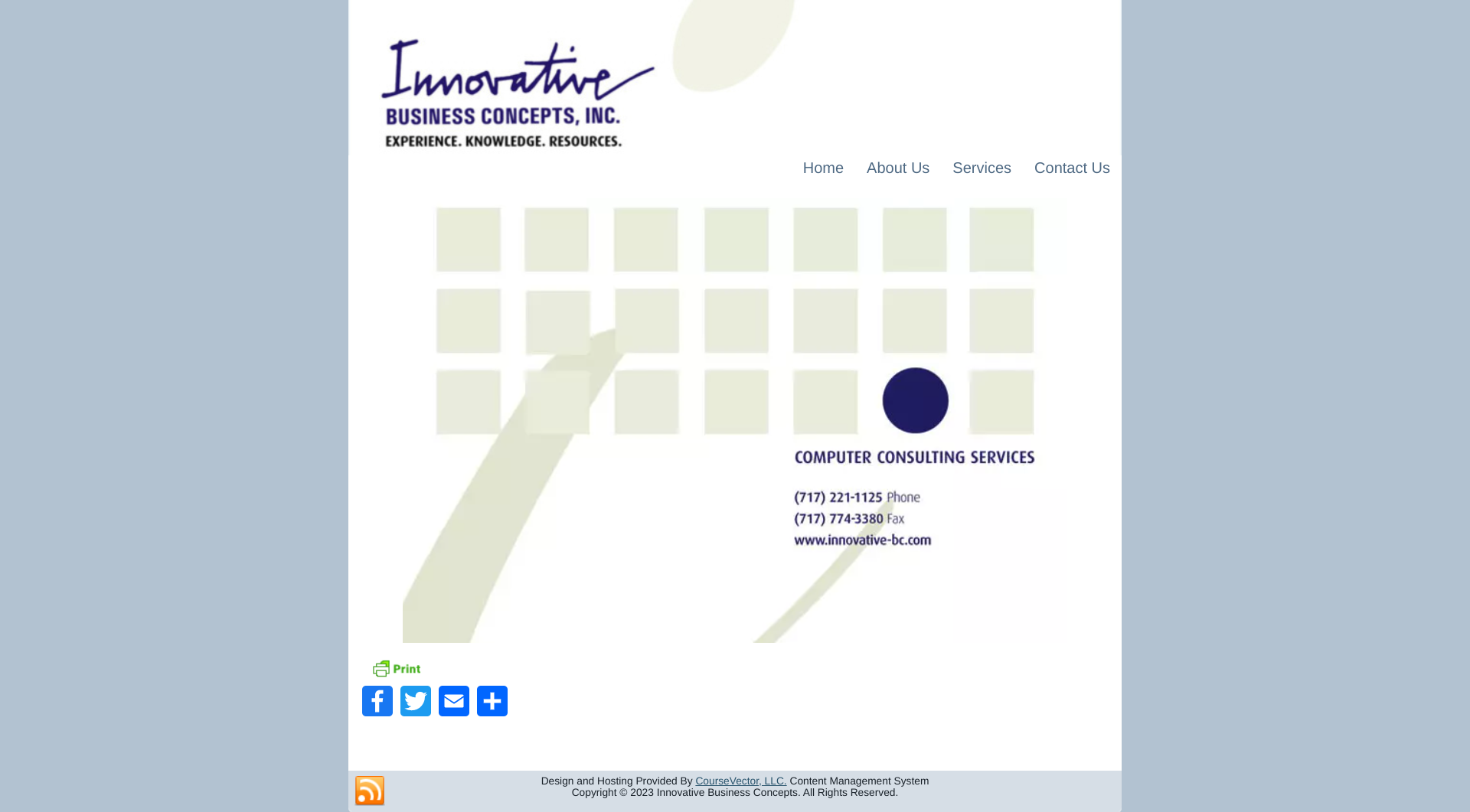
MyCity (photo: @nycgov)
When Bill de Blasio took office as Mayor in 2014, everyone knew government information technology agencies needed significant reform but didn’t know how exactly to do it. His predecessor, Mayor Bloomberg, was a venerated technology executive who had a hugely embarrassing software development fiasco called City Time happen under his watch. Barack Obama, the nation’s allegedly tech-savvy and youthful president, had a similarly high-profile failure with his HealthCare.gov website, which forced his Health and Human Services Secretary Kathleen Sebelius to resign and almost doomed the Affordable Care Act (ObamaCare) before it got started.
From the ashes of HealthCare.gov came, in 2014, a small and experimental unit within the Obama administration’s General Service Administration called 18F. It was organized and operated like an engineering-driven software startup within the government. Instead of signing lots of big contracts with proprietary software companies, 18F built common-sense tools using available open-source components, and posted its work to the code-sharing website Github so people could see the progress it made and reuse its code.
18F was, and continues to be, a massive success. By reliably delivering modern applications for dozens of federal agencies, its “digital service organizations (DSO)” model has been copied by national, state, and municipal governments throughout the United States and the world.
While top leadership in the de Blasio administration didn’t seem to be paying much attention to this new model for reforming technology bureaucracy, a few intrepid New York City civil servants did. They followed the 18F model to organize their own small teams within existing city agencies, but outside the city’s innovation-averse technology bureaucracy.
NYC Planning Labs within the Department of City Planning was a great example. It released a dozen tools, including popular products such as ZoLa and the Population Fact Finder.
NYC Opportunity was another. Operating within the Mayor’s Office of Economic Development, it delivered ACCESS NYC. Beyond offering access to “over 40 programs” and the ability to “apply directly for SNAP, Cash Assistance and Medicaid renewal” or “all 3 at the same time through the Cash Assistance application,” ACCESS NYC is also a masterclass in how a DSO-style team communicates about their product. They explain how it’s built, who it’s built by, and post links to Github repositories with code for its various components that would be helpful to future administrations who want to “leverage technology to improve the delivery of government services,” as Mayor Adams claims his administration is now doing.
Despite the successes of NYC Planning Labs and NYC Opportunity, de Blasio and his chief technology officer, John Paul Farmer, failed to organize a city-wide DSO to pursue IT reform. They did, however, announce an intention to do just that in December 2021, with less than a month left in de Blasio’s eight-year tenure.
When Mayor Adams took over, he recentralized the city technology bureaucracy under the Department of Information Technology and Telecommunication (DOITT), which he rebranded as the Office of Technology and Innovation (OTI), and put Matthew Fraser, a former NYPD Chief Information Officer and Gartner consultant, in charge. Looking at Adams' rhetoric and Fraser’s background, I saw no indication that they cared at all about the now-decade-old IT reform best practices established by 18F and similar DSOs around the country and world.
As a candidate, Adams campaigned on his plan for “MyCity,” an app that would consolidate residents’ enrollment in and interactions with New York City government into a single, streamlined portal. Somehow Adams seemed to convince people this was a new idea even though cities around the world have delivered apps like this to their residents, and NYC Opportunity’s ACCESS NYC app and open source components were already delivering much of the complex functionality Adams seemed to be envisioning.
This should have been great news for Adams. All he needed to do was to keep doing what was already working with ACCESS NYC, expand the scope of the app, rebrand it, and then market it with his unique flair as something new and exciting. It was a big fat pitch right down the middle of the plate. And he missed it.
On March 30, Adams announced the release of the first version of MyCity, and it is a dud with many of the classic hallmarks of a failed IT project: it is late and expensive, has fewer features than promised, and is built with proprietary technologies the city doesn’t own by over a dozen outside contractors. Let’s dig deeper, shall we?
First, MyCity is built on the proprietary and expensive Salesforce Experience Cloud. This means that the city has to pay Salesforce a licensing fee for as long as the city uses the site. It also means the investment in customizing the site is lost if and when the city wants, inevitably, to move to an open source system like ACCESS NYC that it actually owns and completely controls.
Second, the site is remarkably shallow considering it took over a year and millions of dollars to build. MyCity’s home page offers four sections: Child Care, Business, Jobs and Benefits, but only the Child Care section links further into the MyCity app. The Business section links to a site run by the Office of Small Business Administration. The Jobs section links to working.nyc.gov. The Benefits section links to ACCESS NYC at access.nyc.gov.
MyCity’s Child Care section has an eligibility screener that, after answering a few questions, directs the user to one of the two applications that MyCity apparently hosts. Before you access the applications, you are ejected to the NYC.ID login/registration flow. Presumably after that the magic happens where you access an online form wizard.
So, in summation, MyCity is, in its initial phase, a Salesforce-powered app with a short screener form, two benefits applications linked to a user’s NYC.ID, and a portal where a user can see the status of these two applications and any documents they’ve uploaded. How much did this cost the city?
Search Keyword: “MyCity” in the city’s recently released public view of Passport contracts. It shows over $6,750,000 awarded over 32 contracts to 15 different vendors, with $3,400,000 spent already.

Who are these vendors that the Adams administration thinks can do better than ACCESS NYC? I think that’s a great question worth investigating more. But the big winner here is clearly Innovative Business Concepts, Inc. It won seven contracts worth over $2.7 million, all of which were under the $500,000 threshold for small purchases, with two of those contracts starting, ending, and registered on the same day, each for $498,960. One is for “MyCity Portal - Development” and the other is for “MyCity Portal - Design.” (According to OTI, though the contracts are listed as Minority/Women-owned Business Enterprise non-competitive small purchase contracts, there was a competitive bidding process that involved multiple M/WBEs).

The Innovative Business Concepts website doesn’t have much information but does have a truly classic design and LinkedIn shows that it recently hired a former Assistant Deputy Commissioner of the NYC Department of Social Services and Human Resources Administration.

I’m not trying to suggest there is something out of the ordinary going on here. In fact, I’m suggesting the opposite: that MyCity is being executed the same, broken way that a myriad of other city IT projects have been executed.
If Mayor Adams wants to deliver the technology improvements he promised as a candidate, he needs to reorganize his technology bureaucracy to follow open source DSO principles.
***
Devin Balkind is a nonprofit executive, civic technologist, and startup advisor who ran for Public Advocate three times as the Libertarian Party nominee. On Twitter @DevinBalkind.
***
Have an op-ed idea or submission for Gotham Gazette? Email This email address is being protected from spambots. You need JavaScript enabled to view it.
Note - This article has been corrected to note that the contracts awarded to Innovative Business Concepts, Inc. went through a competitive bidding process involving multiple Minority/Women-owned Business Enterprises (M/WBEs). The contracts were not non-competitive as initially noted.